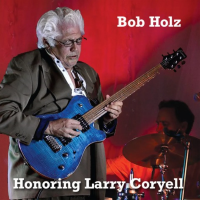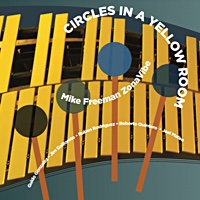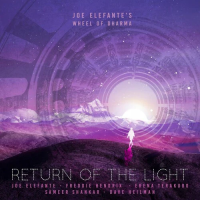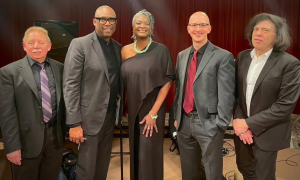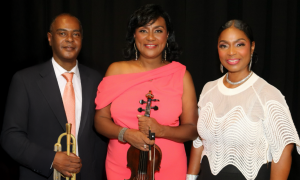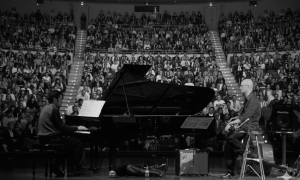Like every art form, jazz has a fund of devices unique to it and universally employed by those who play it. Among the resources of the jazz tradition available to the player creating an improvised performance are rhythmic patterns, harmonic structures, material quoted from a variety of sources, and “head arrangements" evolved over time without being written. Mutual access to this community body of knowledge makes possible successful and enjoyable collaborations among jazzmen of different generations and stylistic persuasions who have never before played together. It is not unusual at jazz festivals and jam sessions for musicians in their sixties and seventies to be teamed with others in their teens or twenties. In the best of such circumstances, the age barrier immediately falls.
There are no teenagers in a group called The Generations Band. On their CD Tough Guys, the age range is only from forty (tenor saxophonist Eric Alexander) to seventy-nine (drummer
From the opening track, Thelonious Monk's “Rhythm-a-ning," to the closer, Miles Davis's “Freddie Freeloader," they swing along in the mainstream with a balance of strength, relaxation and assurance. Alexander, Cobb and Drummond demonstrate why they are omnipresent on records. The veterans Matthews and Belgrave and the youngish Australian Speight show up less often on recordings. They more than justify their generous solo space here. Belgrave's spacious fluegelhorn, first generally known on Ray Charles's band, all but steals “So What." Matthews, a reliable journeyman pianist since the early sixties, shines on the Miles Davis pieces without resorting to Wynton Kelly impressions. He sparkles on “Just One of Those Things." On Antonio Carlos Jobim's “O Grande Amour," Speight solos beautifully in a stylistic offshoot of the Cannonball Adderley branch of alto saxophoning.
Speight teaches at San Francisco State University's International Center for the Arts, which produced this CD. The eccentric package, a four-way pasteboard foldout, has nine panels of photographs and useful information. Its odd dimensions and lack of titling on the spine present a filing challenge, but the satisfying music more than compensates.







